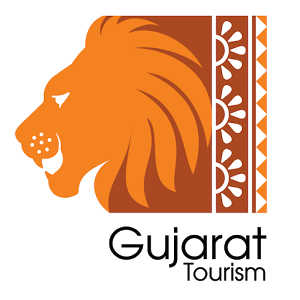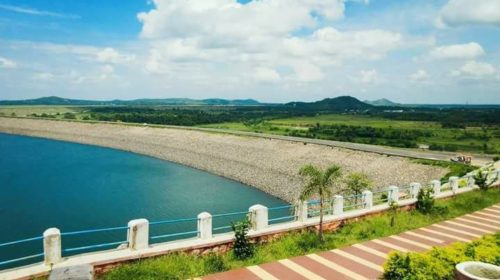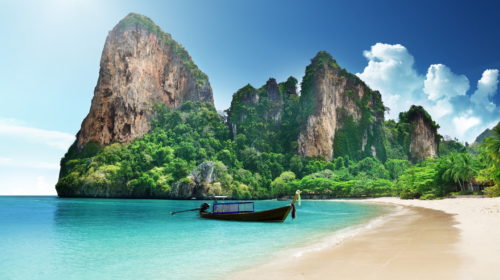Top 6 Places to Visit in Gujarat

6. Sasan Gir National Park :
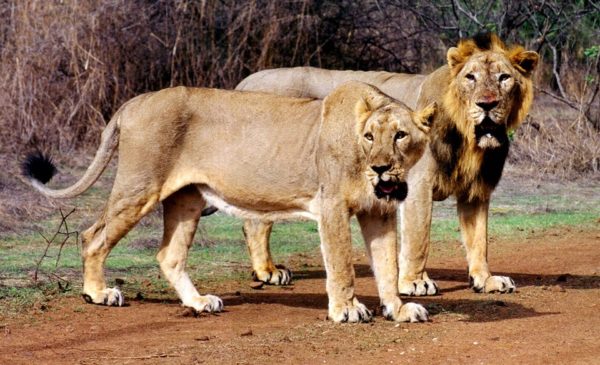
The only place in Asia where you could spot the king of jungle prowling in the open wild, Sasan Gir National Park is located in the Junagad District is one of the most visited tourist places in India. The main draw is Asiatic Lions but there is more to this protected area.The park is home to hyenas, leopard, marsh crocodiles, antelopes, sambar and huge number of bird species which makes it an ideal candidate for one of the top wildlife sanctuaries in India. Although people come here for lions, birding enthusiasts head to Gir to have one of the finest bird watching experiences in India.
Being one of the youth brands of Global Tourism India (GTI TRAVELS PRIVATE LIMITED), we know your needs the best and thus offer you the best of your time and money for Gir National Park Tour. Under the guidance of our expert guides you will have surely a life time experience or everyone looking to fulfill their wildlife fantasies across one of most renowned wildlife sanctuary of India, we offer Gir Wild Life Tour Package. We all know, Gir is the only natural habitat of world popular Asiatic Lions. Where our tailor made Gir Wild Life Tour Package gives you an unparalleled opportunity to watch those rare Asiatic Lions coupled with thousands of other elusive wild animals and hard-to-find birds like uncommon Asiatic wild ass, hyenas, Gir foxes, pygmy woodpecker, brown fish owl and black buck etc, it will make sure that you receive the highest standards of luxury, comfort and travel. Additionally, all this is available at very phenomenal charges.
Besides Africa, Gir National Park in Gujarat is the only place in the world where you can spot lions roaming free in the wild. The real discovery channel of India is situated approximately 65 Kms South East of Junagarh District. The Government notified the large geographical extent of Sasan Gir as wildlife sanctuary on 18th September, 1965 in order to conserve the Asiatic Lion. It covers total area of 1412 square kilometers of which 258 Km forms the core area of the National Park. Indiscriminate hunting by the people of Junagarh led to their decrease in population drastically, while they were completely wiped out from the other parts of Asia. It was the kind effort of Nawabs of Junagarh who protected the queen royalty in his own private hunting grounds. Later in due course of time Department of Forest Officials came forward to protect the world’s most threatened species. From a population of approximately 20 lions in 1913, they have risen to a comfortable 523 according to 2015 census. There are 106 male, 201 female and 213 sub-adult lions in the wilderness of these four districts.
Best time to visit Gir National Park is from November till March but for the best chances to spot lions visit the park in hotter months of April and May.
5. Somnath Temple :
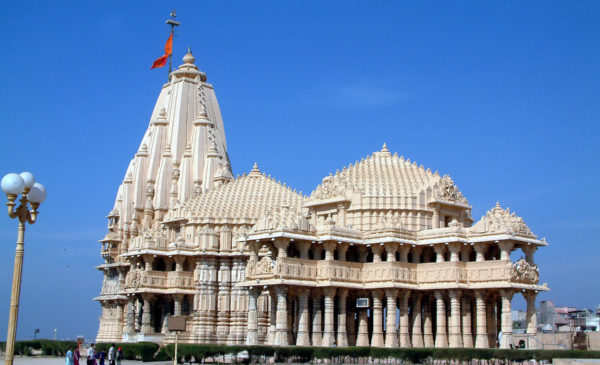
Somnath is the first and most sacred of the 12 Jyotirlingas of Lord Shiva. According to the legend the Hindu moon god known as Soma built a temple entirely of gold to pay reverence to the lord’s glory and compassion and the temple came to be known as the Somnath Temple. As per the legends the same temple was reconstructed by Ravana in Silver, Krishna in wood, and by King Bhimdev from stone.
Lying on the shores of the Arabian Sea, this temple has been destroyed then reconstructed on number of occasion and finally after India got Independence.Each year millions of devotees seek the blessing of Lord Shiva at Somnath, rated one of the top temples in India when it comes to religious significance.
4.Rani ka Vav, Patan :
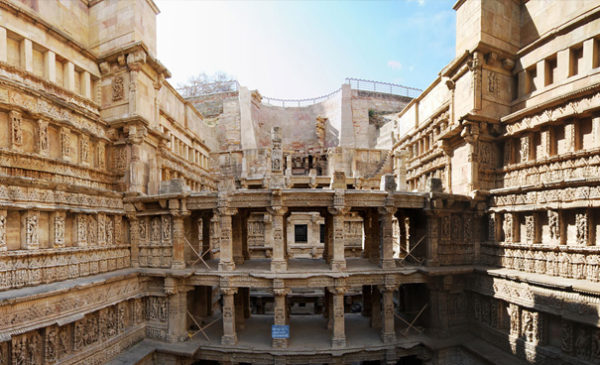
One of the rare monuments erected by a queen for her beloved king, Rani Ka Vav is a spectacular step well in very well preserved condition. It was commissioned by Rani Udayamati in memory of her deceased husband King Bhimdev I in the year 1063.
Soon after completion, the step well got flooded by water and silt from the nearby Saraswati River. It was only in 1980s that the Archaeological Survey of India (ASI) excavated this Vav and desilting was undertaken.
The structure that was uncovered was a majestic specimen of carved sculptures, niches and compartmented pavilions with pillars. Rani ka Vav is one of the largest and finest and unique step wells and is currently in the tentative list of UNESCO World Heritage Site.
This subterranean step well leads down through stepped corridors which are marked by pillared pavilions. The central motif of the intricately carved sculptures is the Dasavataras, or the 10 incarnations of Hindu god Vishnu. The avatars are accompanied by sadhus, brahmins, and apsaras.
The sculpture of apsaras painting their lips and adorning themselves in different style represents the ‘solah shringar’ or the 16 ways to make up to look more attractive. In total there are four hundred niches on the walls displaying carvings in this vav.
Bonus Tips: If you are looking for cultural immersion whilst in Patan don’t miss the opportunity to visit Patola sari workshop. The gracious people working here take great pains to explain the ancient process of textile weaving.
3.Champaner-Pavagarh Archaeological Park :
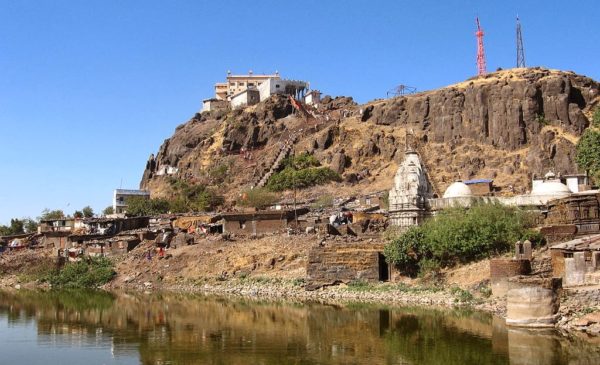
Located 50 kilometers East of Baroda City is the Champaner Pavagarh Archaeological Park. This ancient site with its religious structures and ruins dating back to 8th century was inscribed as UNESCO World Heritage Site in 2004.
It is a must visit place for history buffs and those interested in culture and architecture. Complete with its military, religious and agricultural structures, the site was built and expanded between over the period of 600 hundred years. Abandoned soon after briefly becoming capital of Gujarat under the independent Sultan Mehmud Begda, it is the only unchanged pre-Mughal site in existence.
The Jama Masjid constructed here during Begda reign is a great example of the Indo-Islamic fusion architecture and later served as a model to build other Friday mosque across India. The ruins of this archaeological site also include residential buildings, military precincts, palaces, agricultural buildings and water-retention installations.
An important Hindu shrine named Kalika Mata Temple is also located on the top of Pavagarh Hill draws large number of devotees throughout the year.
2. Vadodara/Baroda :
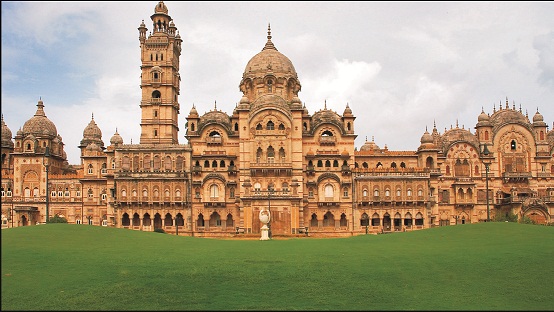
Vododara, referred to as the cultural capital of the state is one of the most visited tourist places in Gujarat. After the waning Mughals were expelled by Marathas the Gaekwads, the local generals of Marathas established Vadodara as their capital. The city offers a seamless fusion of the past and present. The city flourished and modernized under the aegis of Maharaja Sayajirao II and enjoyed great autonomy even during British Rule in India.
When it comes to things to do in Vadodara, you may visit Kadia Dungar Caves, the Lakshmi Vilas Palace, Nazarbaugh Palace, Makarpura Palace, Sursagar Talav and the amazing Sayaji Baug.
Sayaji Baug was built by Maharaja Sayajirao III in 1879 and is named after him. The Sayaji Baug also called Kamati Baug includes 45 hectares of garden grounds, a flower clock, two museums, a planetarium, a zoo and a toy train.
1. Great Rann of Kutch :
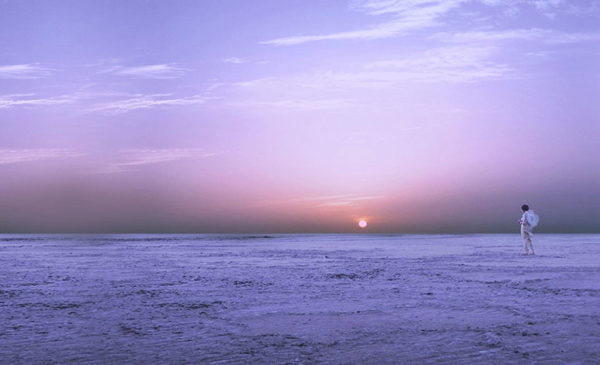
There’s a saying that goes in Gujarat. “Kutch Nahin dekha to kuchh nahin dekha” which translates to “you haven’t seen anything if you haven’t seen Kutch.” Kutch is the deserving top desination to visit in Gujarat especially when the Rann Mahotsav is in full swing.
Wedged between the Arabian Sea and the boundless Thar Desert, Rann of Kutch is mesmerizing symphony of salt and sand. This white symphony reaches its crescendo on a full moon night. What makes Kutch even more surreal is that during the monsoon, it gets submerged in the water.
For the remaining eight months of the year, it’s a gigantic stretch of white salt lending it the look of white desert. During full moon nights cultural programs celebrating Gujarat’s rich culture and traditions are usually held at Dhordo. A moon light camel safari is the Rann of a Kutch is one of the must to do things.
